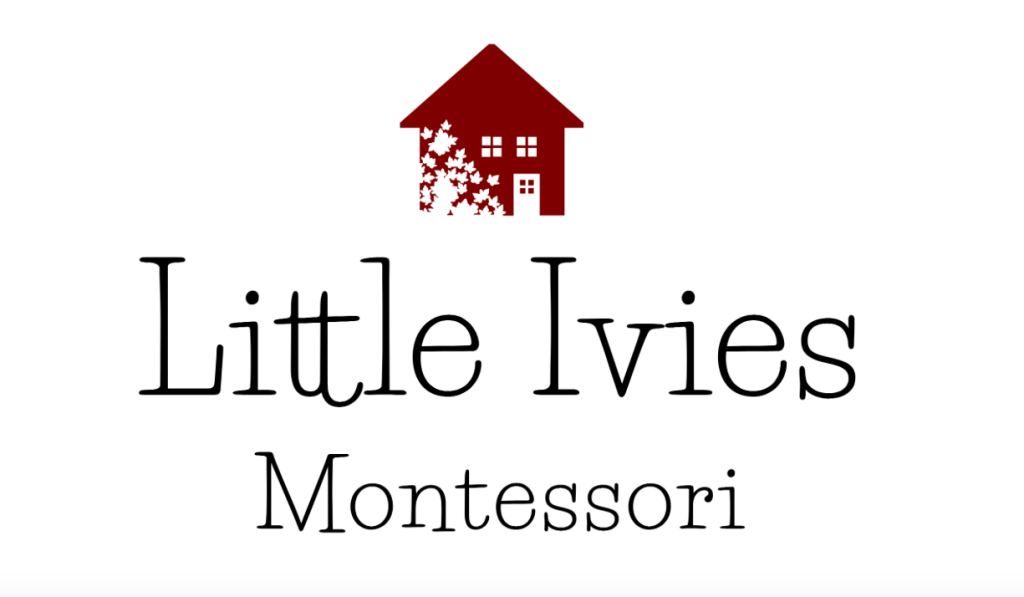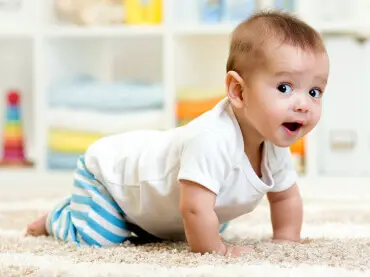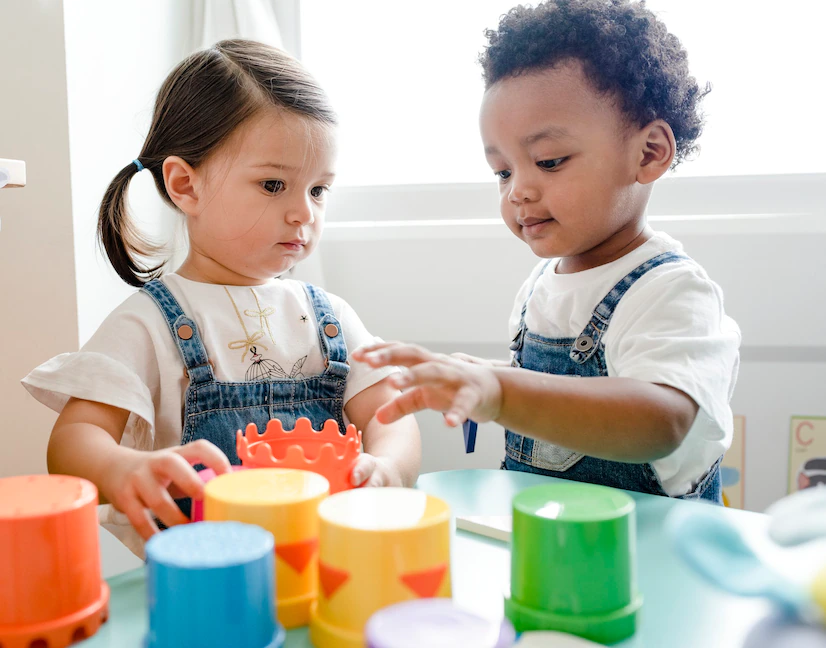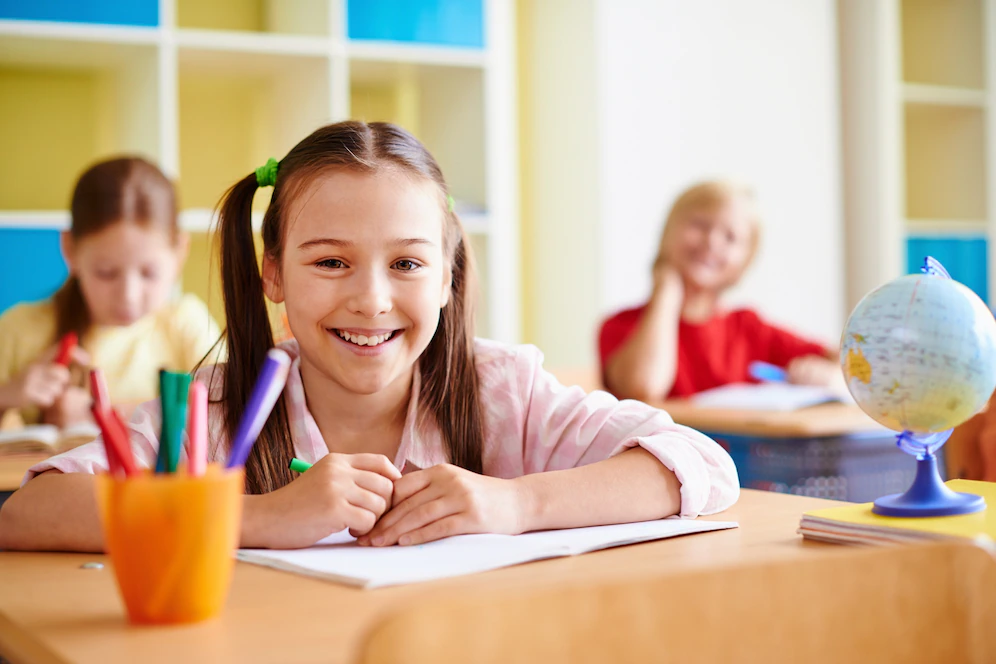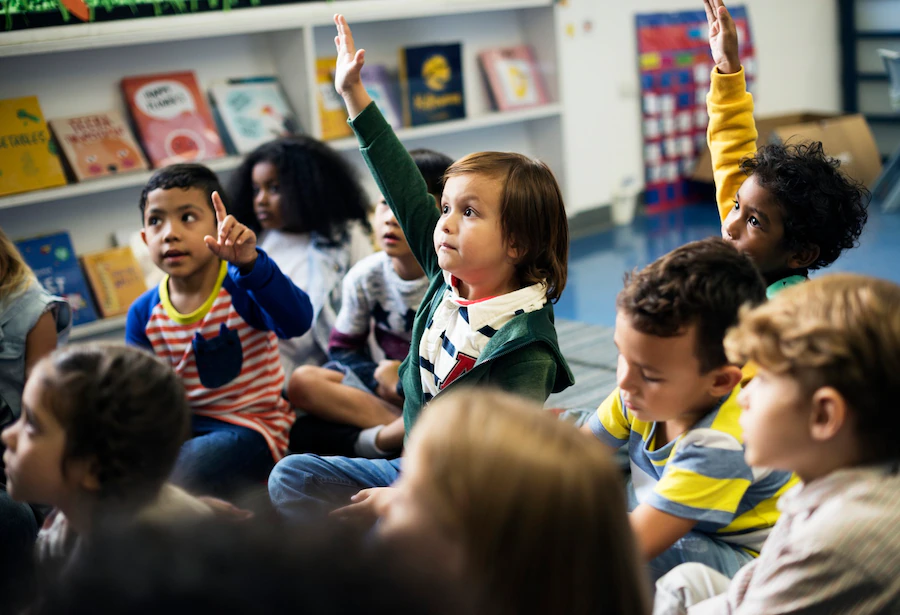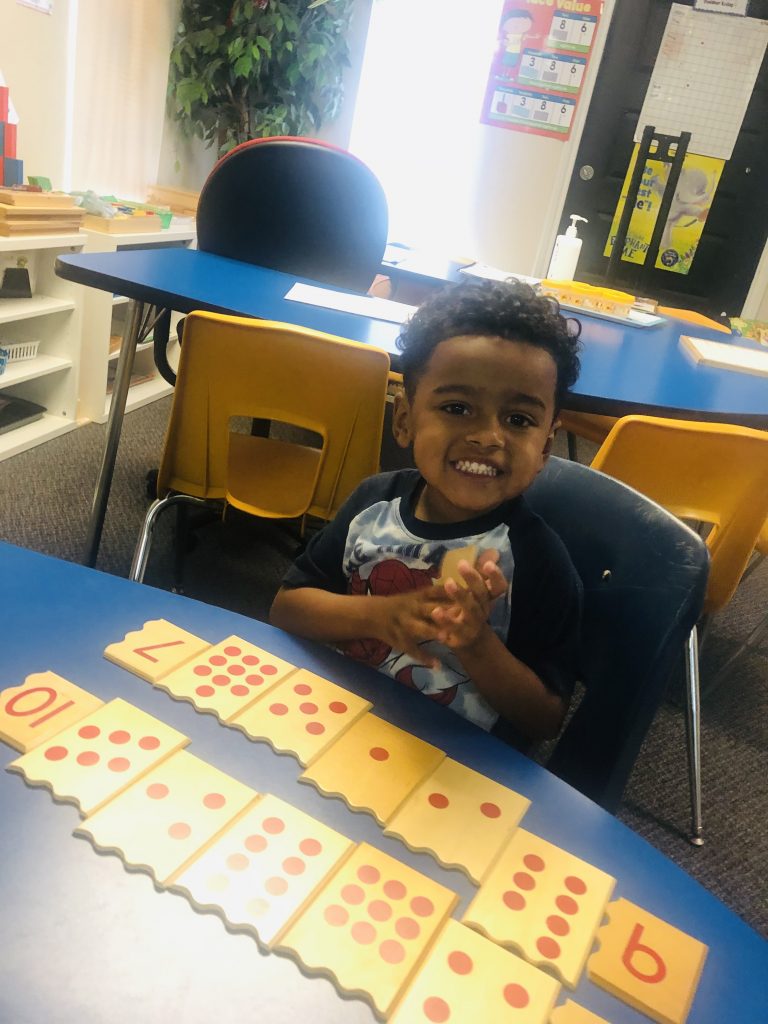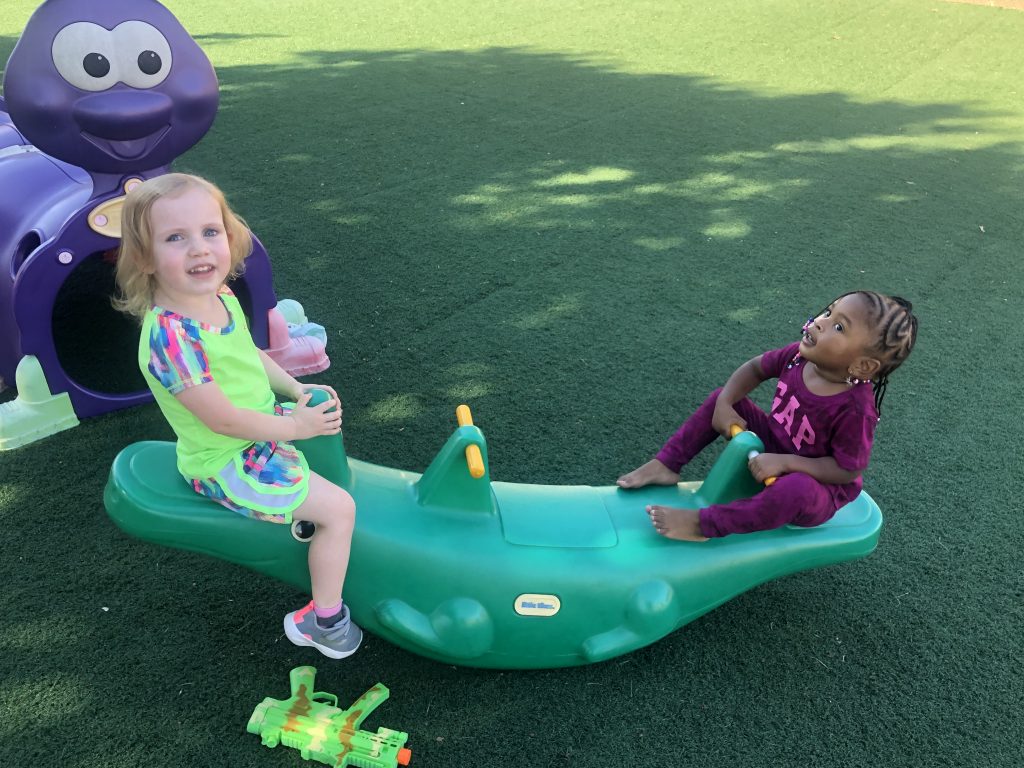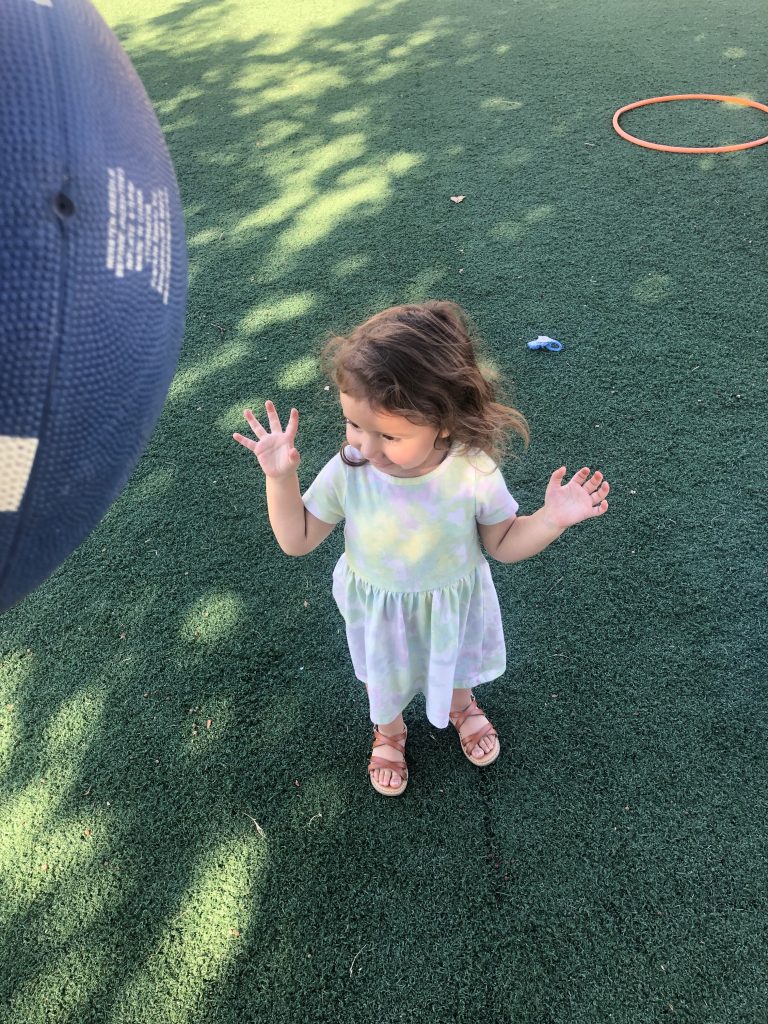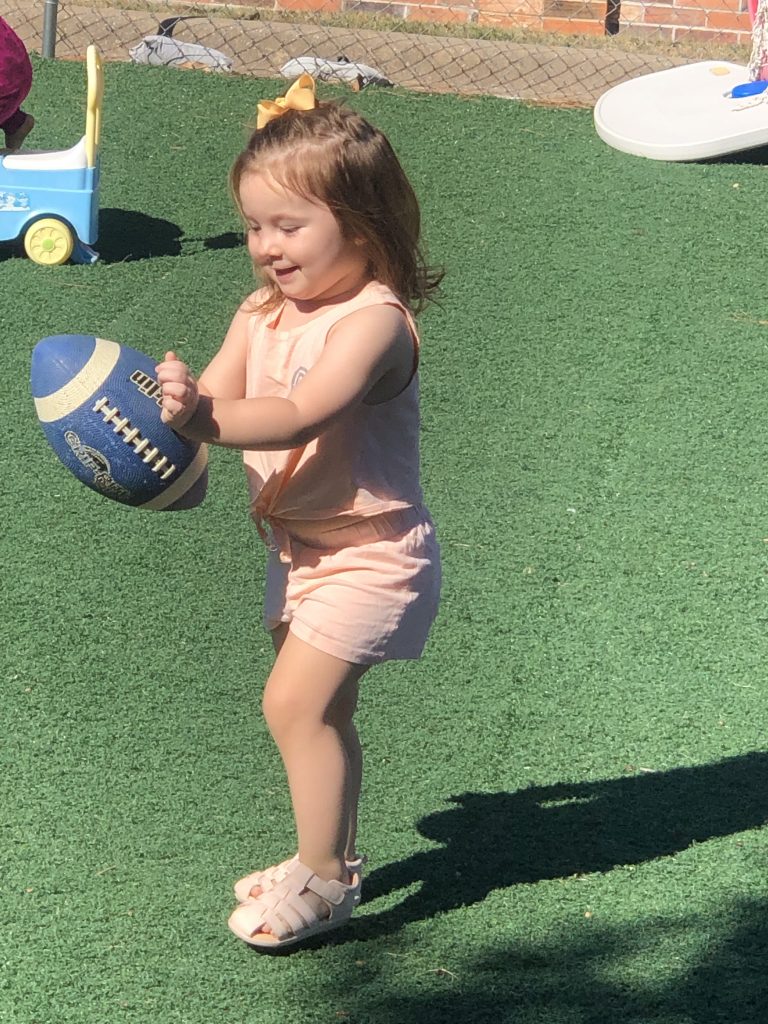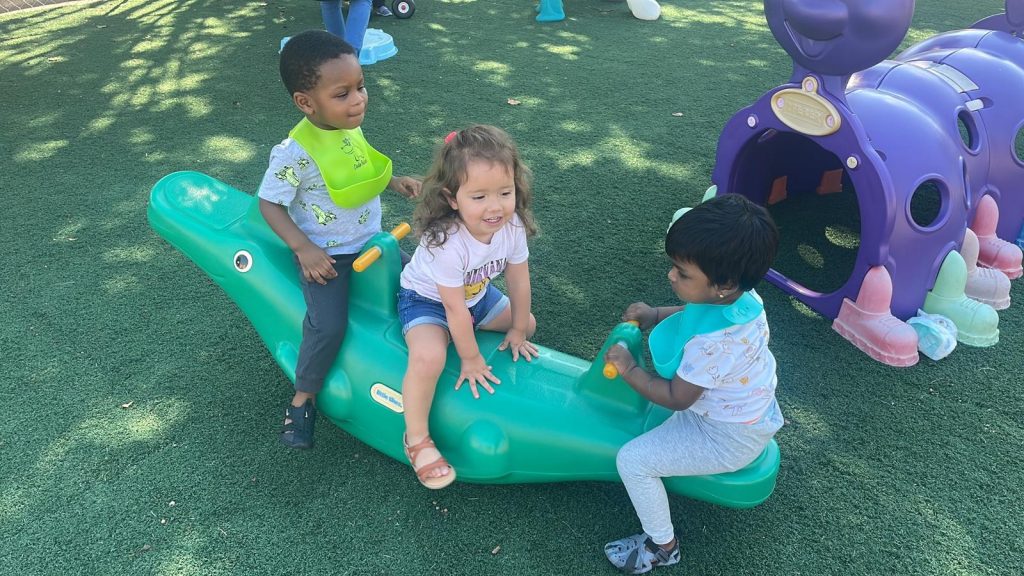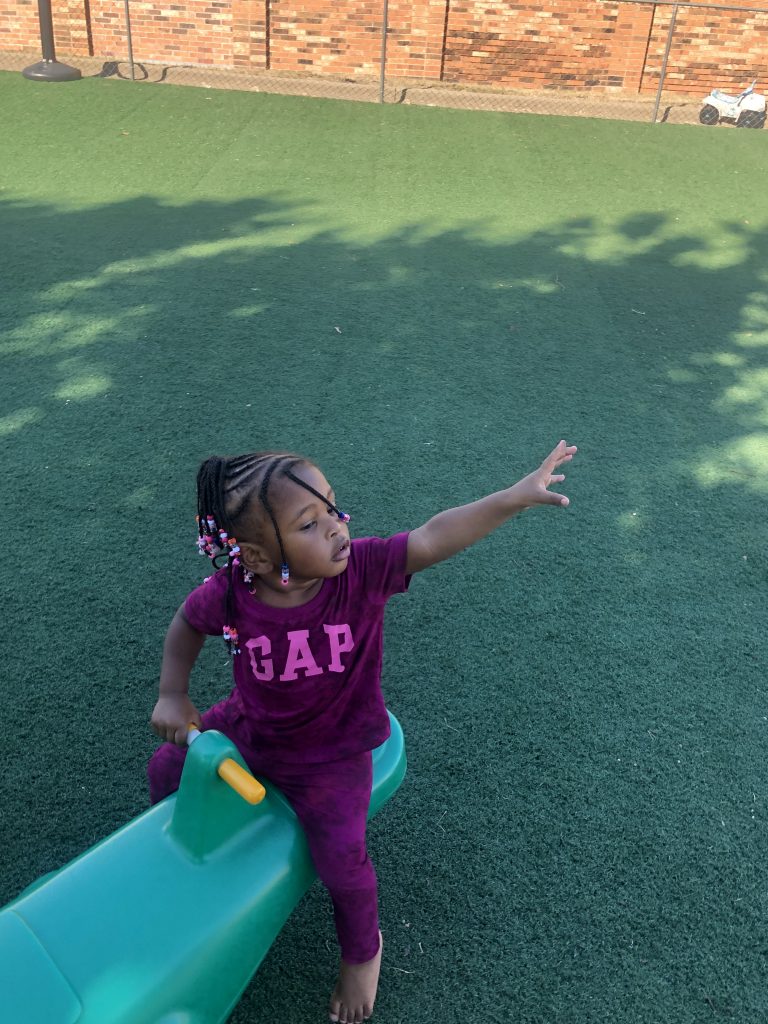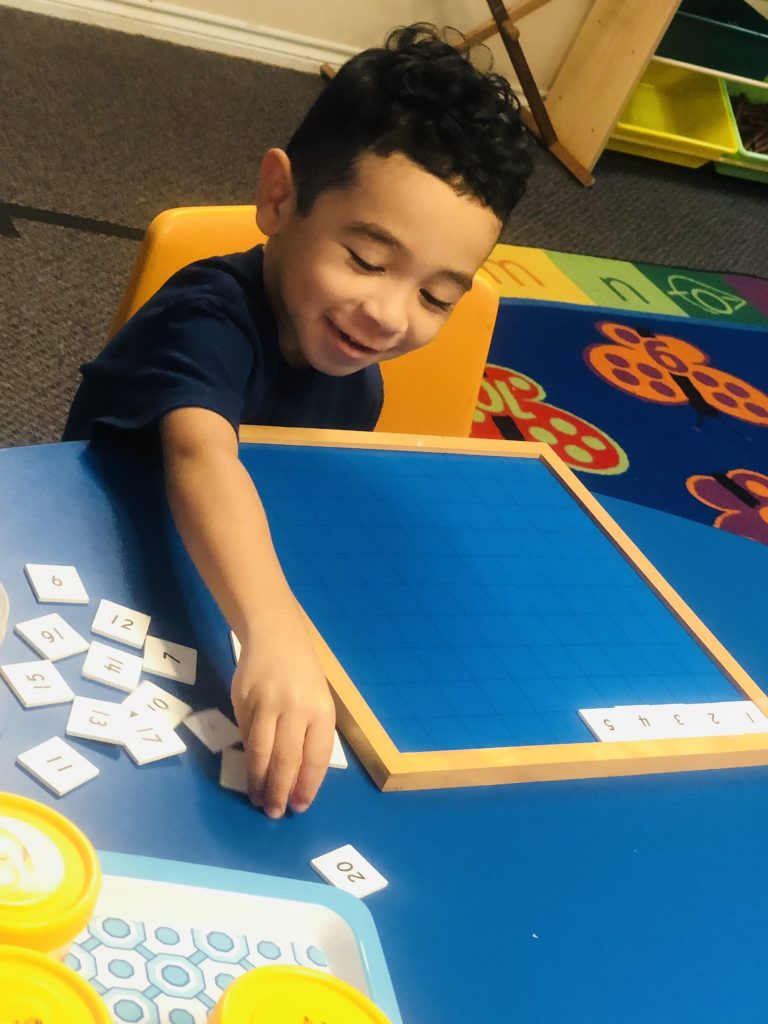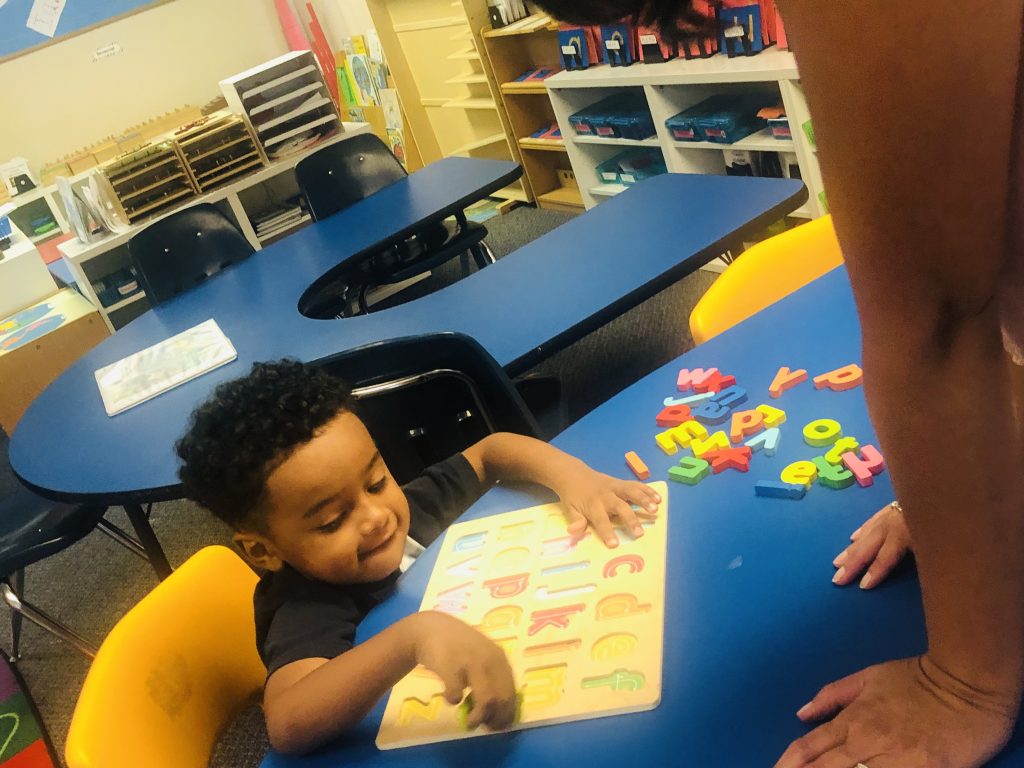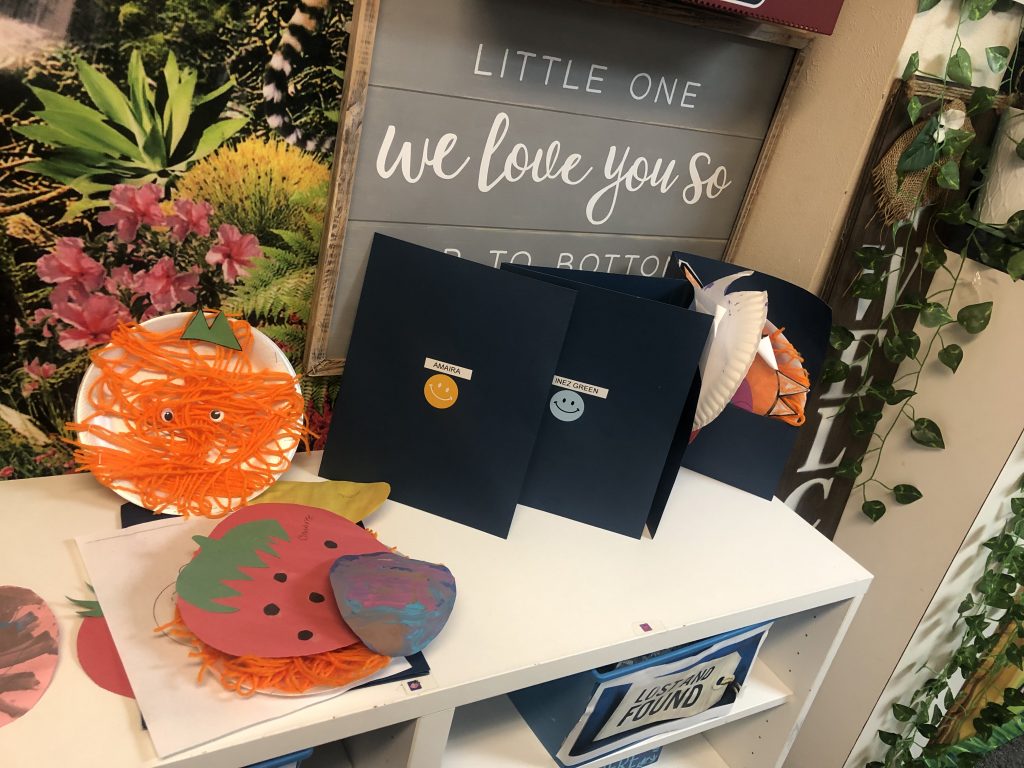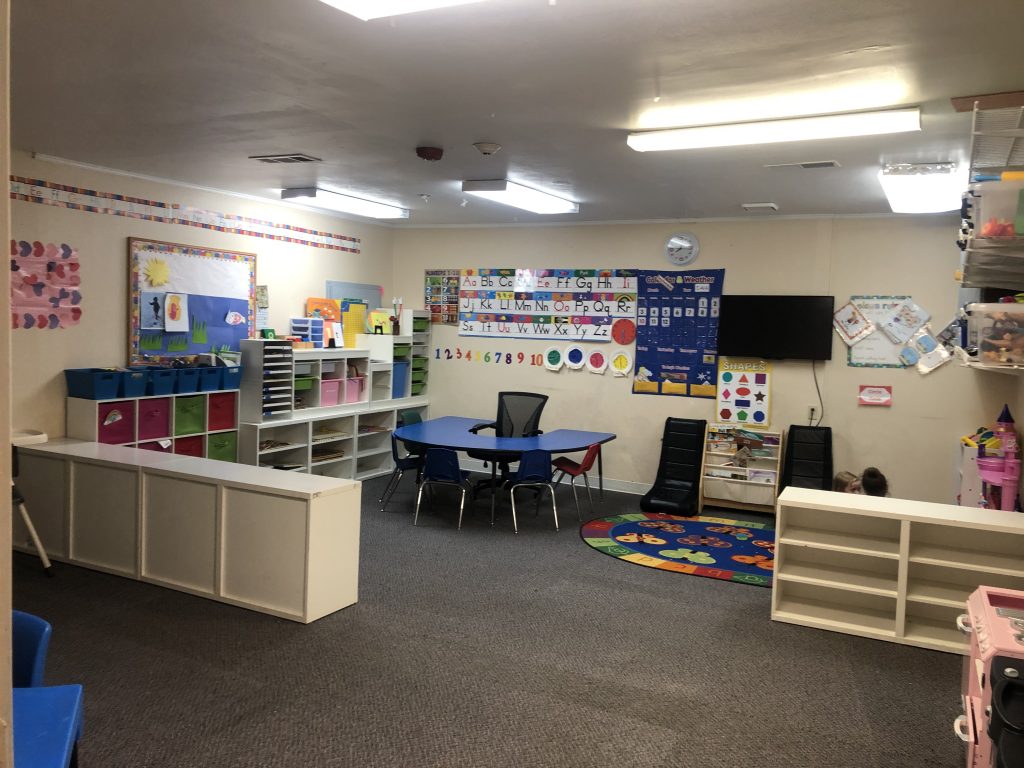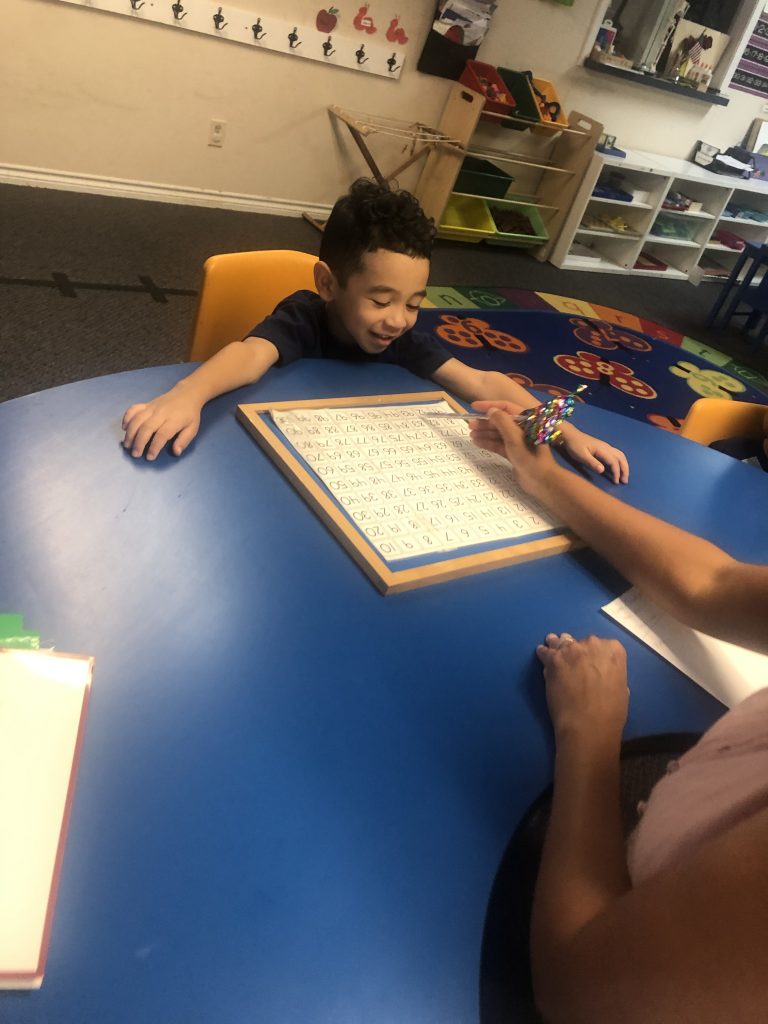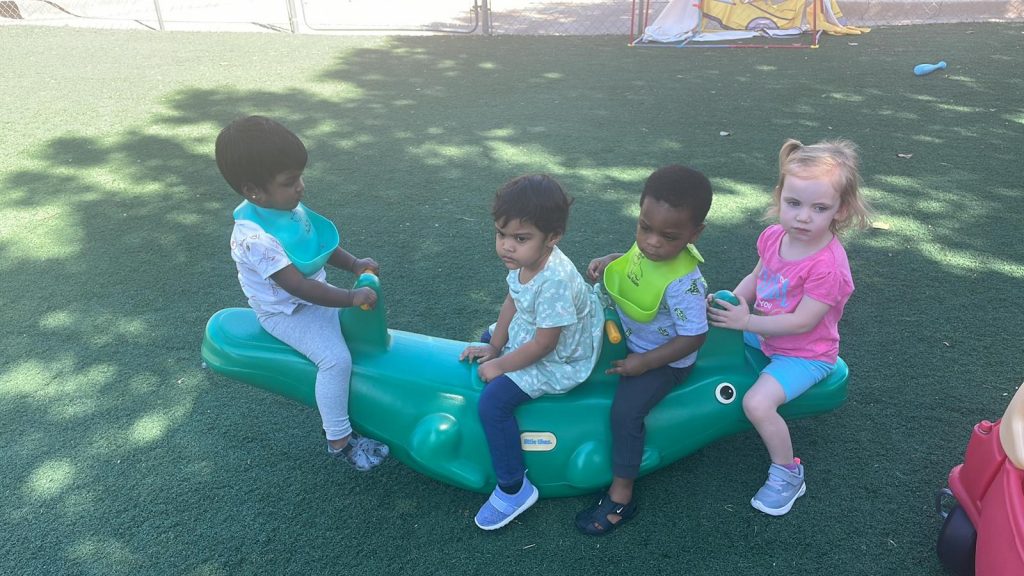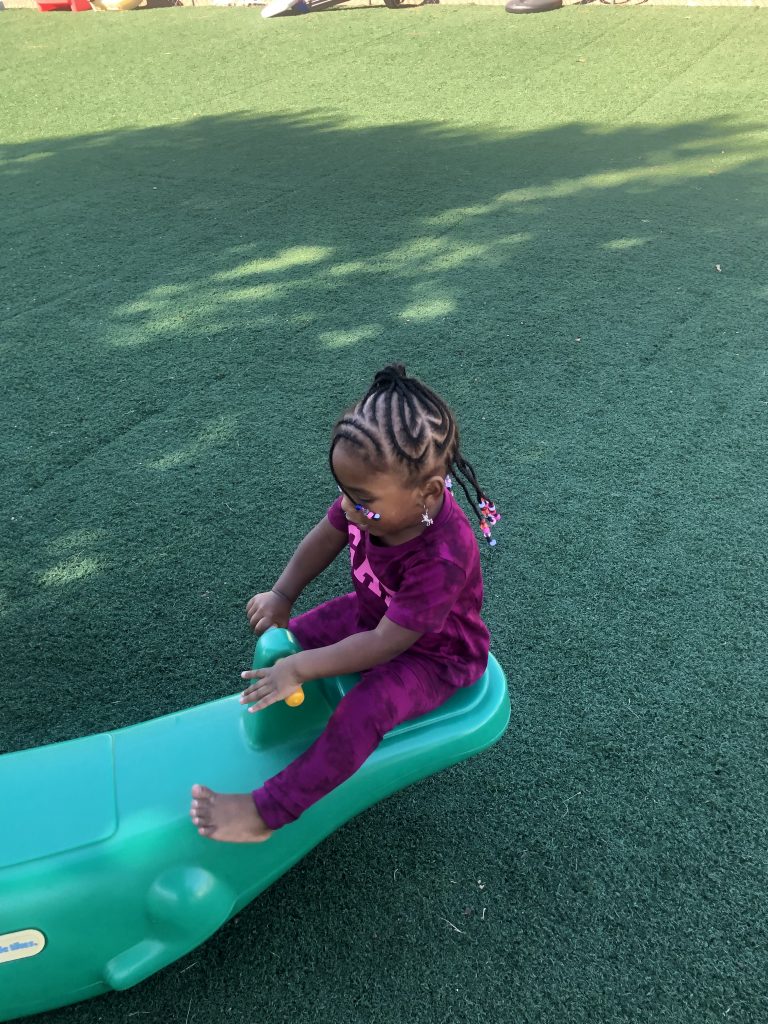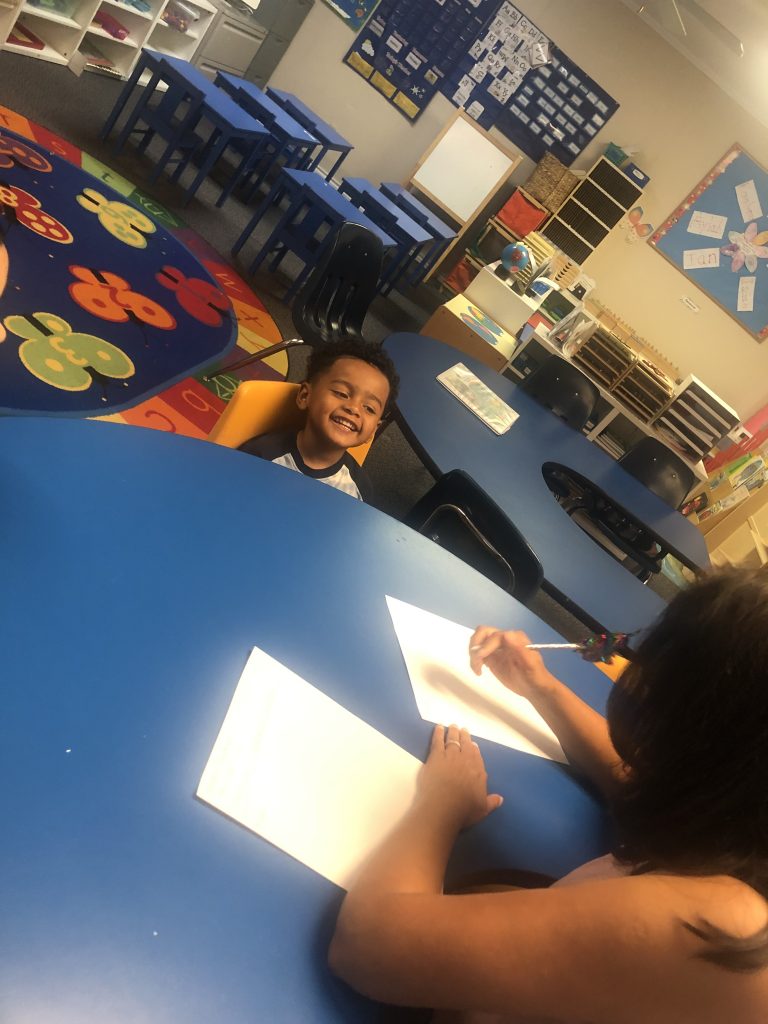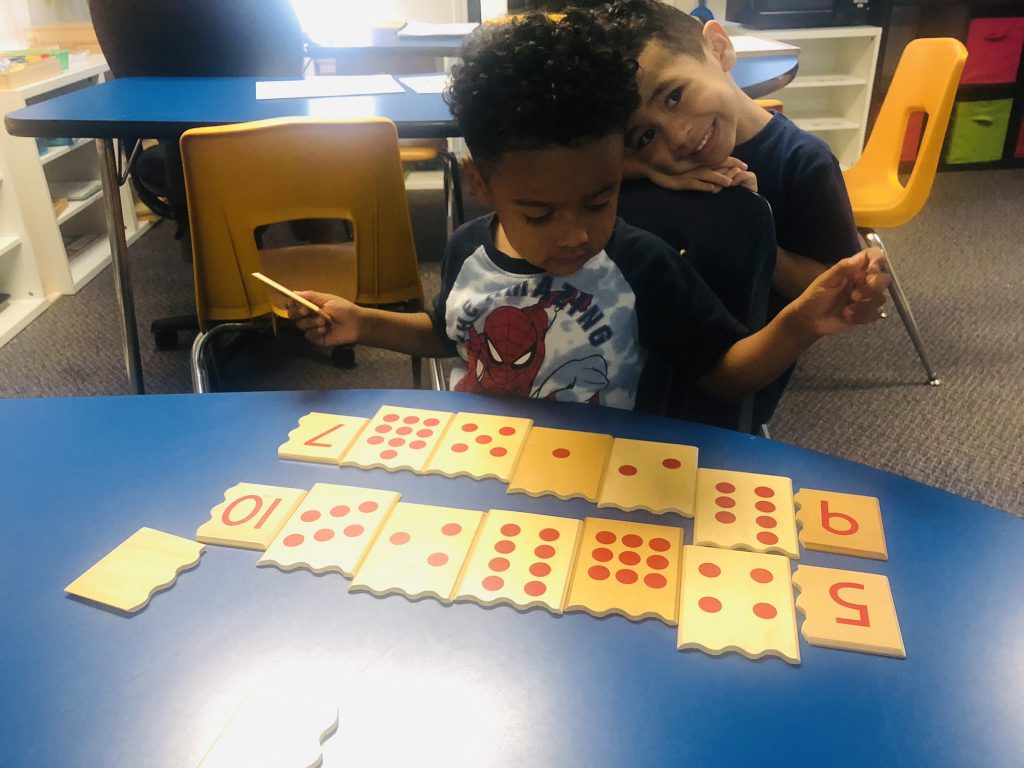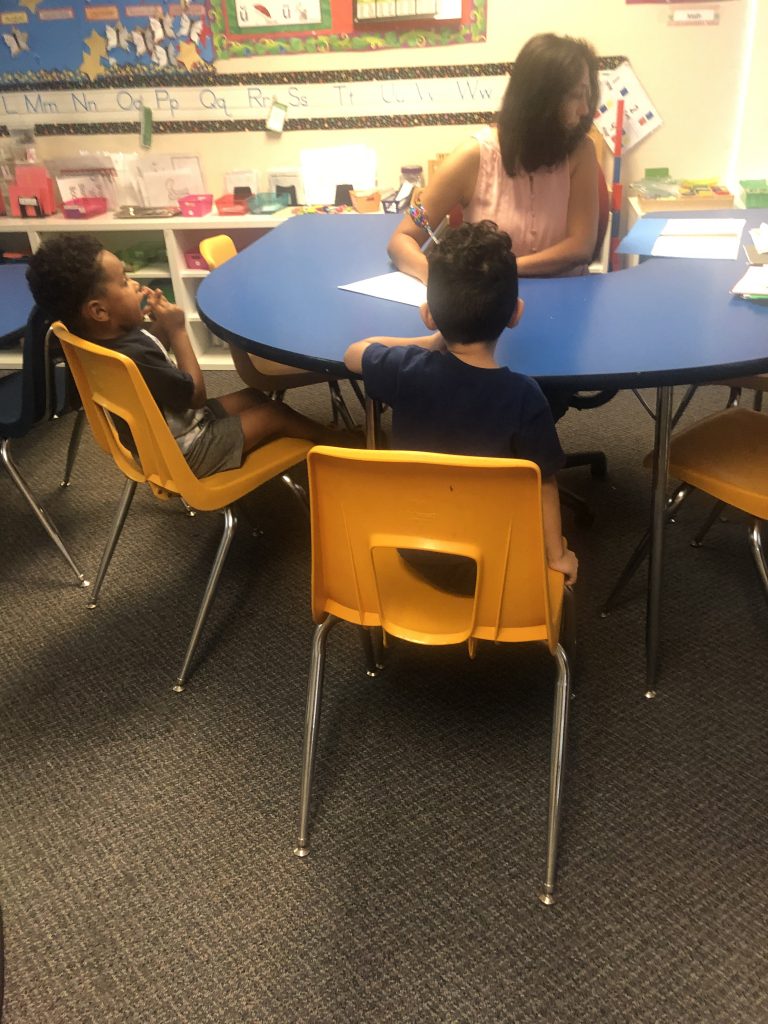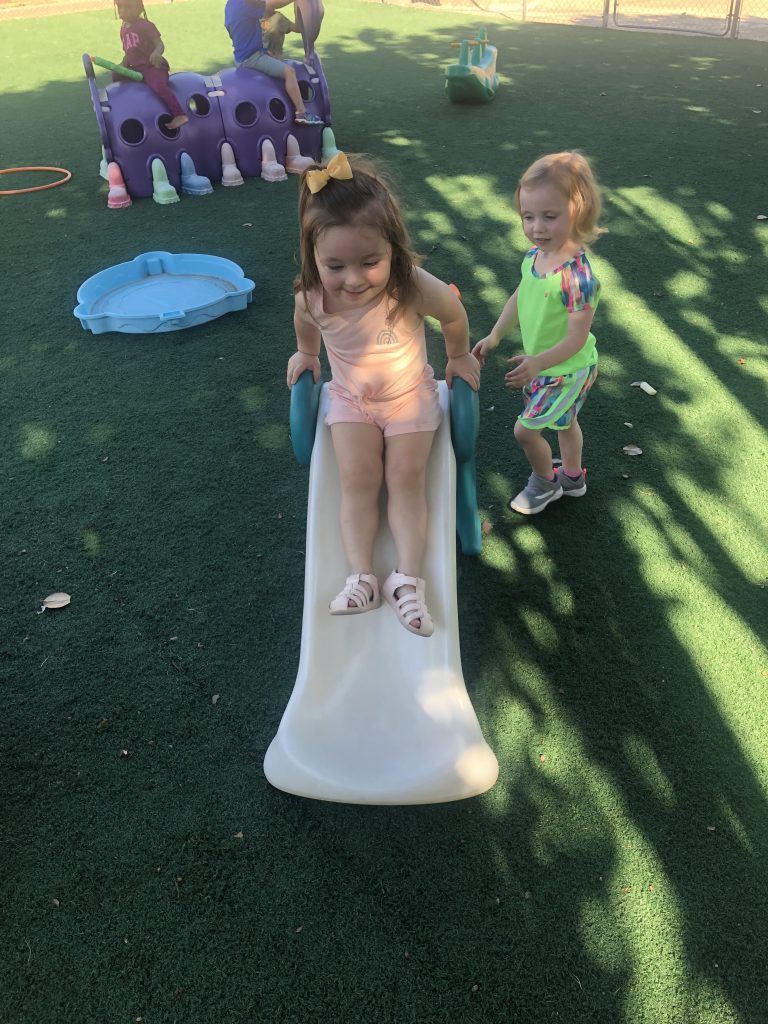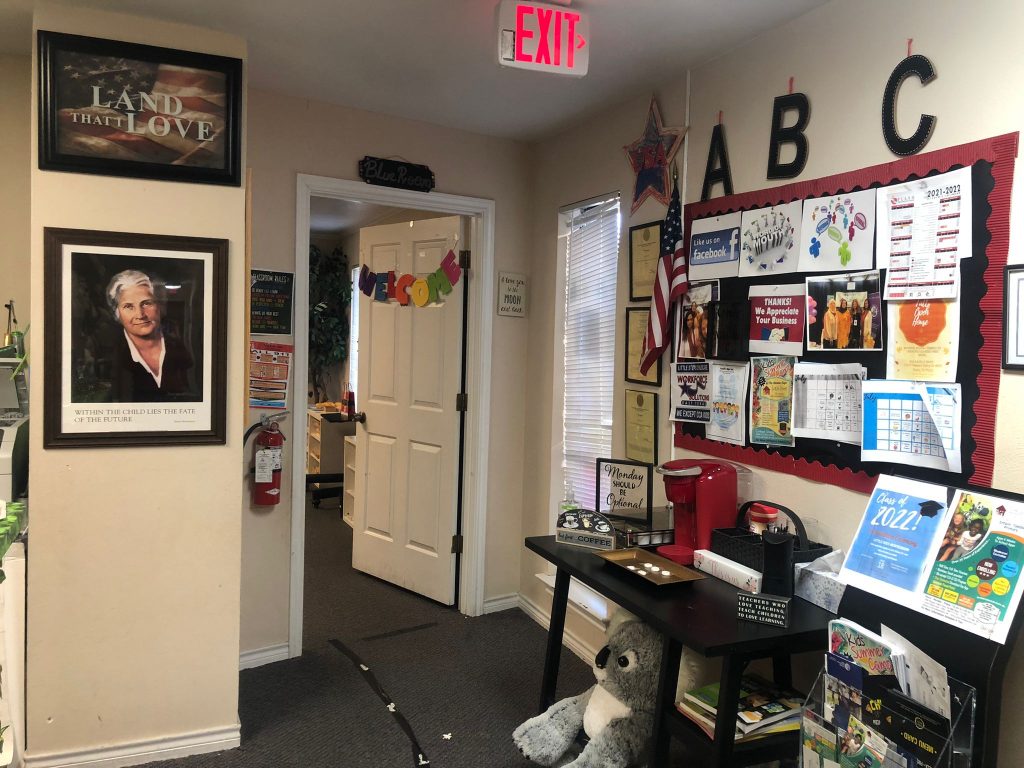Montessori School in Plano, Texas
to take care of your children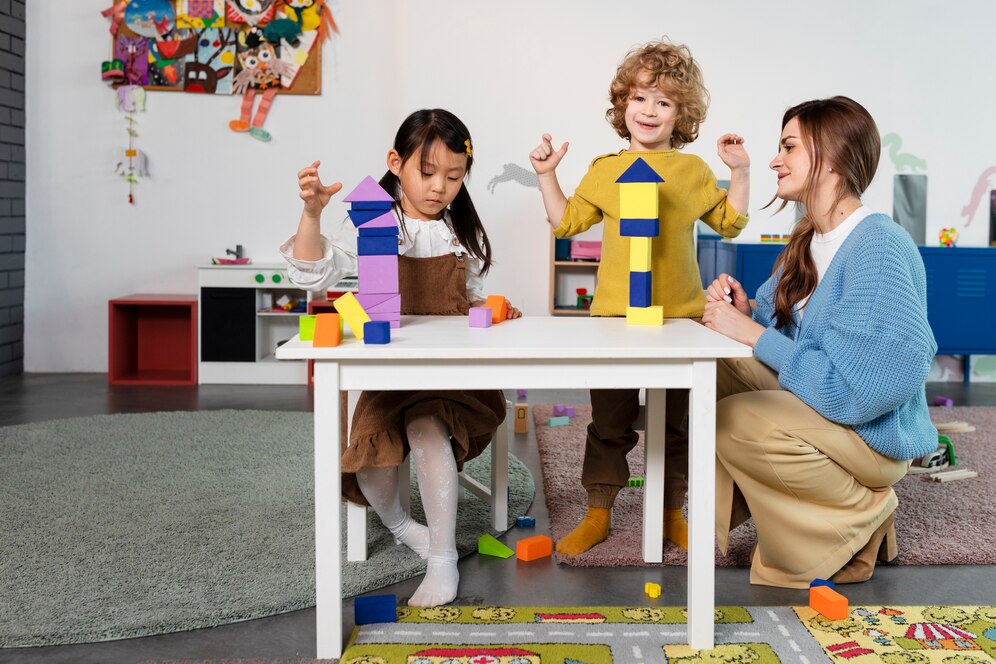
The perfect place for preschool activities
The best Montessori education center for preschool programs
Our Montessori preschool in Plano has the best educational activities for the children. We have done detailed research in preschool programs to have the time of their life while learning amazing new things. Compared to other private schools, Our Montessori preschool in Plano, TX, have the friendliest teachers and advisors that can boost your child’s confidence. In addition, our montessori school helps your kids be friendly and social so that they can thrive in their adult life. Similarly, our preschool in Plano ensures that your child gets proper attention and care. There are many Montessori schools in Plano, but no one is like us.
Catering to your child’s educational needs and looking after them
Best Plano Montessori School For Your Kid
Our preshool education programs are developed to cater to every child’s needs, along with providing teachers with the latest digital tools so that they have complete control over the class.
The main productive programs
Factors for crucial growth. Providing utmost excellency in our preschool programs
All of our Montessori school programs are gathered from one of the best preschools in Plano to meet your child’s requirements. These courses are designed in a way by the expert so the child can learn as much as in his early stages. This is the age in which they grow and flourish abundantly with extra help. In addition, at this age, a child learns with the help of games. As a result, we have developed special programs that can help them in many areas.
Read on to understand our differene
Why choosing Little Ivies Montessori would be the best option
An easygoing environment
Children tend to flourish and learn more when they are not under pressure and the environment feels like home.
Easy Language learning
Most of the time, children perform best in the schools when they go to private schools for almost 12 months learning the basics of language.
Affordable Packages
we have implementing some of the most updated childcare practices in Montessori at affordable prices for your children.
Understanding your need
We believe in listening to parents as we know every child is unique and they need special care. Come to us, and all your requirements will be met.
The process of introduction
A procedure that helps you and your children to sync with the Montessori school setting. Our experts make sure the whole process goes smoothly.
Exceptional Educators
We have handpicked our educators as they play an essential role in building a solid foundation for a child's learning capability.
507
Our Pupils
235
Teaching Hours
100%
Satisfied Parents
1050
Meals Per Year
Satisfied Parents Saying About Little Ivies




What’s new
Latest News

How to choose the best mattress for a Montessori floor bed
Choosing the right mattress is crucial if you’re considering a Montessori floor bed for your child. A comfortable and supportive mattress will help your child get a

Montessori at Home: The Ultimate Guide For Parents
Montessori education is a unique approach to learning that has gained popularity over the years. Developed by Dr. Maria Montessori in the early 1900s, this
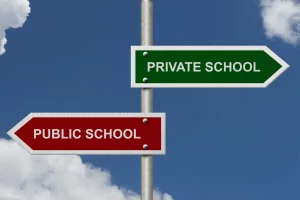
Private schools vs. public schools which is better
Education is a fundamental right that every child should have access to. The type of school, a child attends is an important decision that parents
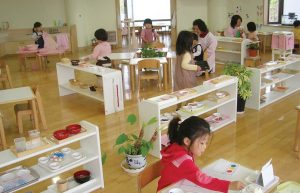
Why is a Prepared environment important for Montessori Childcare?
The Montessori method of education is unique in that it emphasizes the importance of a prepared environment for children. Maria Montessori, the founder of this
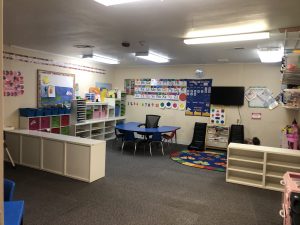
Why are Montessori schools better than Traditional Schools?
Introduction Choosing the right school for your child can be daunting for many parents. With so many options available, it’s important to consider the benefits
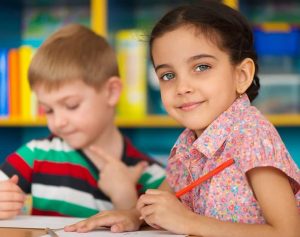
7 Teaching Principles of the Montessori Method
Introduction The Montessori Method of education is a child-centered approach that emphasizes hands-on learning, self-directed activity, and collaborative play. This approach is based on the
